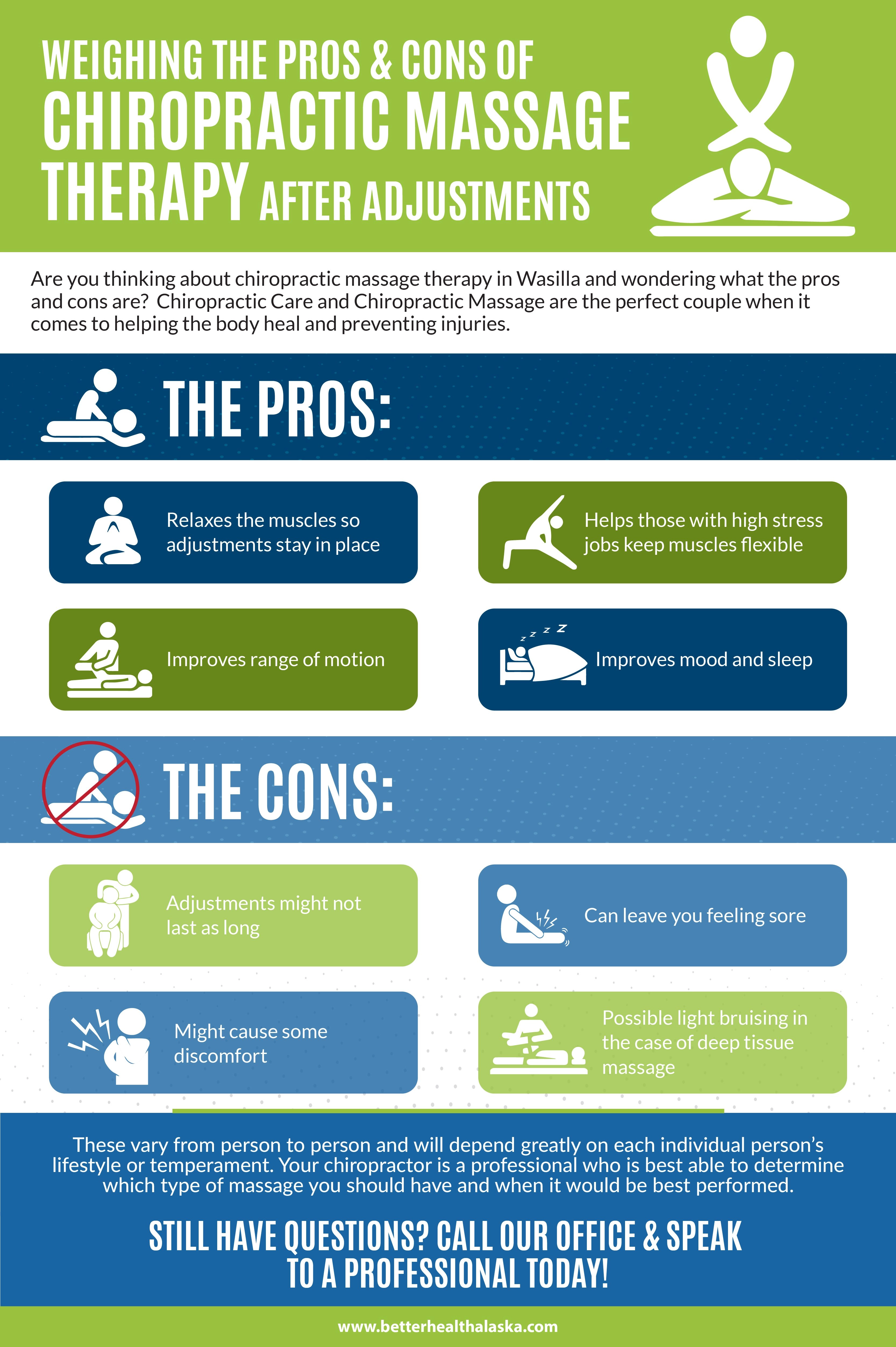The Influence Of Stance On Pain In The Back: Exactly How To Preserve Excellent Positioning Throughout The Day
The Influence Of Stance On Pain In The Back: Exactly How To Preserve Excellent Positioning Throughout The Day
Blog Article
Created By-Salisbury McIntyre
Maintaining proper stance isn't almost sitting up directly; it has to do with straightening your body in a manner that sustains your spinal column and minimizes the threat of neck and back pain. The way you rest, stand, and move throughout the day can considerably impact your spine health. But how exactly can skin treatments murray hill guarantee great alignment regularly, also throughout active days full of various tasks? Allow's dig deeper into the refined yet impactful changes you can make to your day-to-day regimen to keep your back delighted and healthy and balanced.
Significance of Appropriate Posture
Correct position is crucial in maintaining a healthy back and protecting against pain. When you rest or stand with great pose, your back remains in alignment, minimizing stress on your muscular tissues, ligaments, and joints. This positioning enables the body to distribute weight evenly, avoiding too much tension on particular locations that can cause pain and pain. By maintaining your spine appropriately lined up, you can also enhance your breathing and food digestion, as slouching can press organs and restrict their functionality.
Furthermore, preserving great pose can boost your overall appearance and positive self-image. When financial district chiropractic stand tall with your shoulders back and head held high, you radiate confidence and appear more approachable. Good pose can likewise make you really feel much more stimulated and alert, as it promotes appropriate blood flow and allows your muscular tissues to function efficiently.
Including appropriate posture into your daily routine, whether resting at a desk, walking, or working out, is crucial for protecting against pain in the back and advertising total well-being. Bear in mind, a little change in exactly how you hold on your own can make a substantial difference in just how you feel and work throughout the day.
Common Postural Mistakes
When it concerns keeping good position, numerous people unknowingly make common blunders that can contribute to back pain and discomfort. One of the most common errors is slumping over or hunching over while resting or standing. This position puts too much stress on the spine and can cause muscle discrepancies and discomfort in the future.
Another typical blunder is overarching the lower back, which can flatten the all-natural curve of the back and trigger discomfort. Additionally, crossing legs while resting may really feel comfortable, yet it can develop an inequality in the hips and hips, resulting in postural problems.
Making use of a cushion that's also soft or too firm while resting can additionally impact your placement and add to pain in the back. Lastly, continuously craning your neck to take a look at displays or readjusting your position regularly can stress the neck and shoulders. Bearing in mind these common postural mistakes can help you preserve much better placement and lower the risk of pain in the back.
Tips for Correcting Placement
To boost your alignment and minimize pain in the back, it's essential to concentrate on making small modifications throughout your daily regimen. Begin by bearing in mind your pose. When sitting, ensure your feet are flat on the floor, your back is straight, and your shoulders are kicked back. chiropractor with acupuncture near me slouching or leaning to one side. Usage ergonomic chairs or cushions to support your lower back.
When standing, disperse your weight evenly on both feet, maintain your knees a little bent, and tuck in your hips. Engage your core muscles to sustain your spine. Take breaks to stretch and walk if you have a less active job. Integrate workouts that reinforce your core and back muscles, such as slabs or bridges.
While sleeping, use a pillow that sustains the natural curve of your neck to maintain proper spinal placement. Avoid sleeping on your belly, as it can stress your neck and back. By being mindful of these ideas and making small changes, you can slowly fix your alignment and reduce pain in the back.
Final thought
Bear in mind, maintaining good posture is crucial to stop pain in the back and advertising spinal wellness. By bearing in mind your alignment, dispersing weight evenly, and engaging your core muscle mass, you can minimize strain on your back and lessen the risk of discomfort and injury. Include ergonomic assistance, take regular breaks to extend, and enhance your core and back muscle mass to keep appropriate placement throughout the day. Your back will thanks for it!
